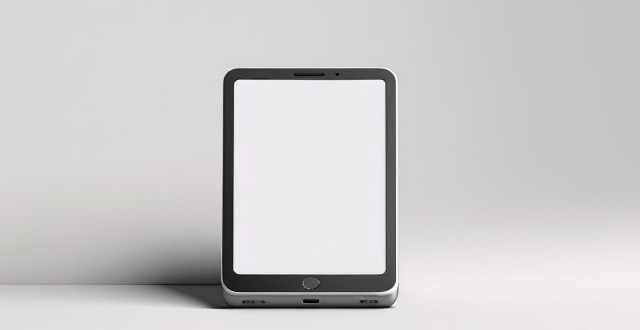Huawei has made significant progress in addressing the crease issue in their newer foldable phone models through design innovations, improvements in screen materials, and hinge mechanisms.

Has Huawei Resolved the Crease Issue in Their Newer Foldable Phone Models?
Huawei, a leading tech giant from China, has been making waves in the smartphone industry with their innovative foldable phone models. However, like many other foldable devices, Huawei's early models faced criticism for a visible crease that appeared on the screen when unfolded. This raised concerns about the durability and aesthetic appeal of these devices. In this article, we will explore whether Huawei has managed to resolve this issue in their newer foldable phone models.
Introduction to Huawei's Foldable Phone Models
Huawei first entered the foldable phone market with the launch of the Huawei Mate X in February 2019. The device featured an outward-folding design, which meant that the screen wrapped around the outside of the phone when folded. This design choice was unique compared to other foldable phones on the market at the time, but it also led to some challenges. One of the most notable issues was the visible crease that formed on the screen when it was unfolded.
Over the years, Huawei has released several more foldable phone models, including the Huawei Mate Xs, Huawei Mate X2, and Huawei P50 Pocket. Each new model has brought improvements and innovations to address various concerns, including the crease issue. Let's take a closer look at how Huawei has approached this problem in their newer foldable phone models.
Addressing the Crease Issue in Newer Models
Huawei Mate Xs
The Huawei Mate Xs, released in March 2020, was an improved version of the original Mate X. While it still featured an outward-folding design, Huawei made several changes to address the crease issue. They introduced a reinforced hinge mechanism and optimized the screen material to reduce the appearance of the crease. As a result, users reported that the crease was less noticeable than in the previous model.
Huawei Mate X2
In February 2021, Huawei launched the Huawei Mate X2, which marked a significant departure from its predecessors in terms of design and functionality. Instead of an outward-folding design, the Mate X2 adopted an inward-folding approach similar to Samsung's Galaxy Z Fold series. This change allowed for better protection of the screen when folded and helped minimize the crease issue even further. Additionally, Huawei used a more advanced screen material and refined the hinge mechanism to ensure a smoother unfolding experience and reduce any potential damage to the screen.
Huawei P50 Pocket
In December 2021, Huawei introduced another foldable phone model called the Huawei P50 Pocket. This device features a clamshell design similar to Samsung's Galaxy Z Flip series. By adopting this design, Huawei effectively eliminated the crease issue altogether since there is no longer a need for a foldable display panel spanning across the entire device. Instead, the P50 Pocket uses two separate screens connected by a hinge, allowing for a seamless transition between open and closed states without any visible creases or folds.
Conclusion
In conclusion, Huawei has made significant progress in addressing the crease issue in their newer foldable phone models. Through design innovations such as inward-folding displays and clamshell designs, as well as improvements in screen materials and hinge mechanisms, Huawei has successfully minimized or eliminated the crease issue entirely. These advancements not only enhance the overall user experience but also demonstrate Huawei's commitment to pushing the boundaries of smartphone technology.